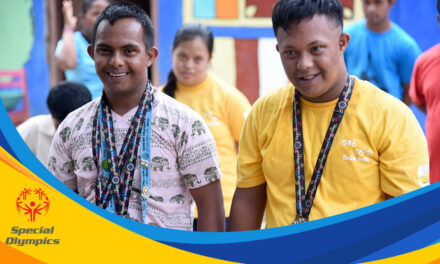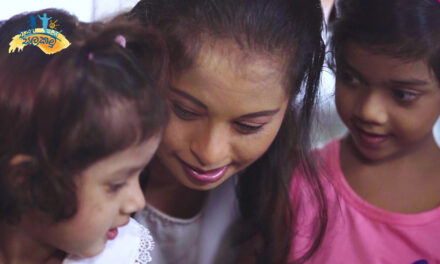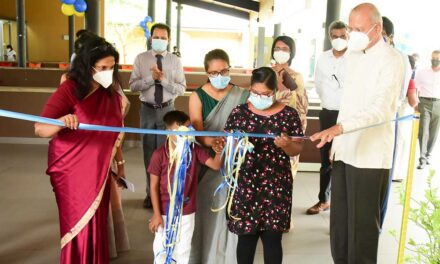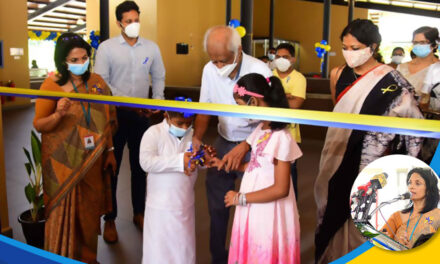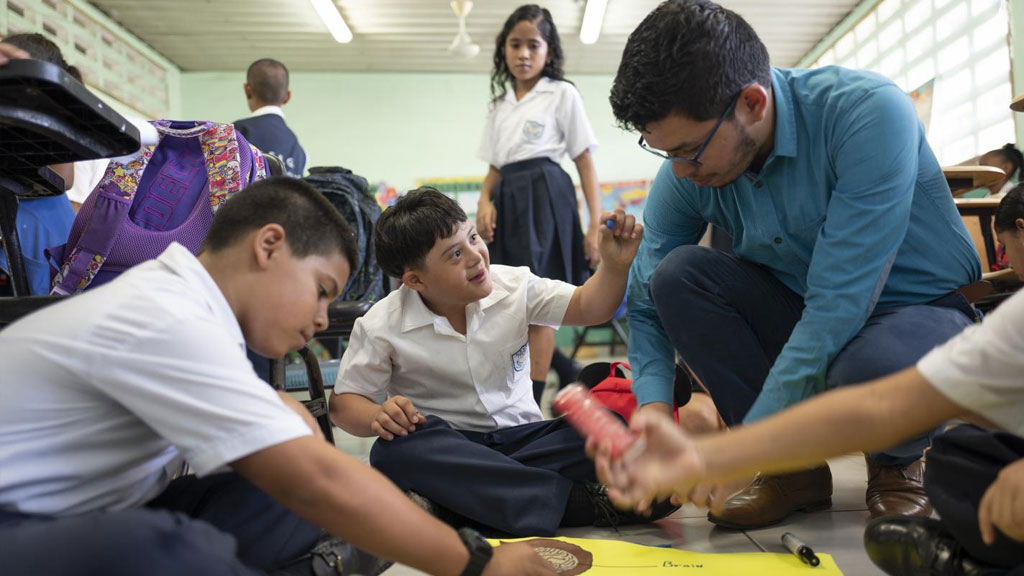Improving evidence-based practice
This document aims to improve the development and educational outcomes for individuals with Down syndrome from birth to adult life by providing educators, therapists, early interventionists, parents and school districts with a guide to evidence-based practices.
Leading long and fulfilling lives
There are an estimated 5,200 live births of babies with Down syndrome in the United States each year and an estimated total population of around 214,000 Americans with Down syndrome. In recent decades, the median life expectancy for an individual with Down syndrome has increased to around 58 years. These individuals have a right to effective services, to being included in their communities and to continuing education that will help them reach their potential and lead meaningful, productive adult lives.
We have a knowledge base
Development for all children is a dynamic set of processes that unfold over many years. It is not fixed at birth but is influenced by biology, family environment, community, education and opportunities to learn. The same is equally true for babies, children and youth with Down syndrome. Research over the past 40 years has shown us the ways in which having Down syndrome may impact learning and development. When we understand these differences, we can design more effective interventions and educational strategies to support students with Down syndrome. We have evidence that adapting interventions and teaching to this specific learning profile improves outcomes.
Inclusion matters
We have also learned more in recent years about how development and learning is influenced by all interactions that children have with other children, family members, educators and the wider community. This is equally true for individuals with Down syndrome. Living with families rather than in institutions and being welcomed in communities has transformed lives. The education systems in most countries have been the slowest to change, yet all the published evidence shows that children with Down syndrome achieve more when they are fully included in regular classes with their peers than when they are in segregated special education classes. Overwhelmingly, they progress further with academic outcomes including reading, numeracy, spoken language and social development. The peers that they learn with are better prepared to support them and fully include them in their communities throughout their childhood and adult lives. While the right to an inclusive education is enshrined in U.S. law, many children and youth with Down syndrome are still denied this opportunity. We aim to change this and ensure every child and youth with Down syndrome has the opportunity to be educated in fully inclusive classrooms.
Changing practice
We recognize that information and training are needed to enable educators to feel confident in providing a fully inclusive education. We now have many years’ worth of research, publications and experience developing effective education for children and youth with Down syndrome. We share this in a practical way in this document and accompanying resources.
Changing identification and monitoring
We know that planning and monitoring at district, state and national levels are essential to the planning, funding and delivery of effective services and include a call for action to ensure these are in place.
Source: National Down syndrome Society, USA – https://www.ndss.org/



